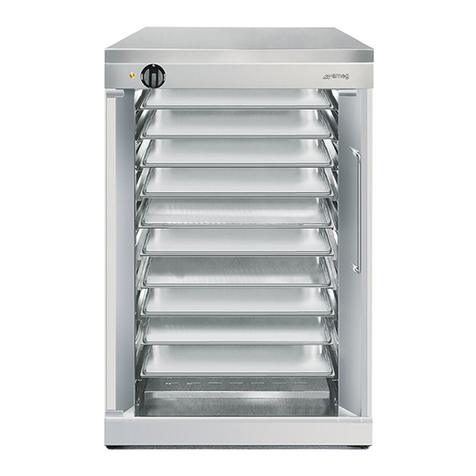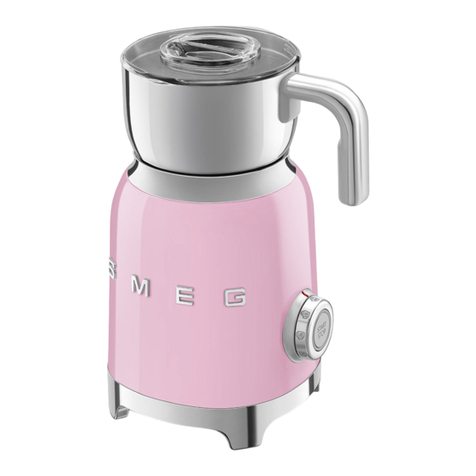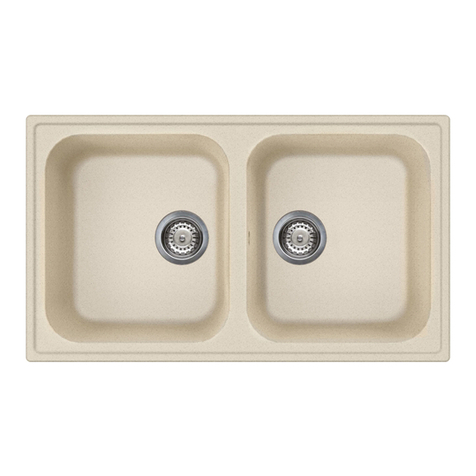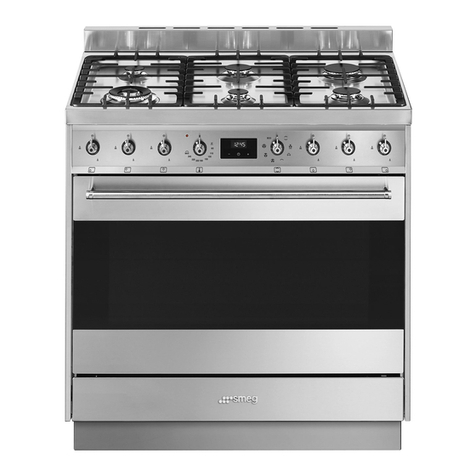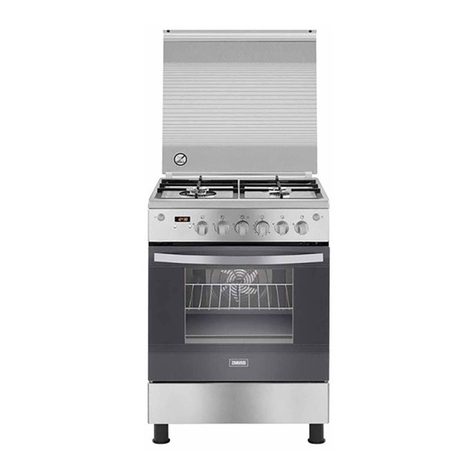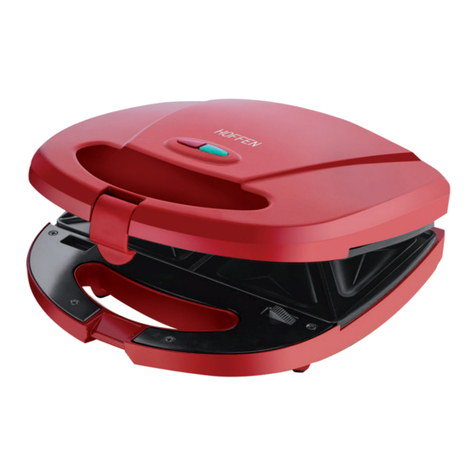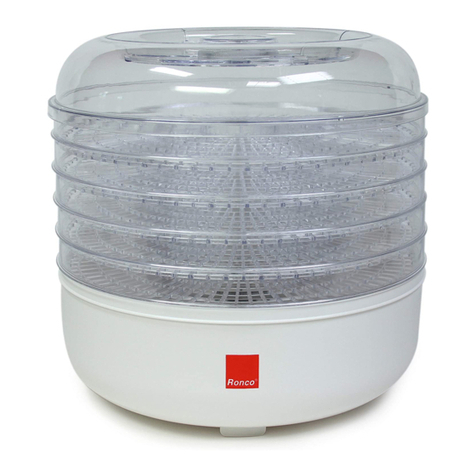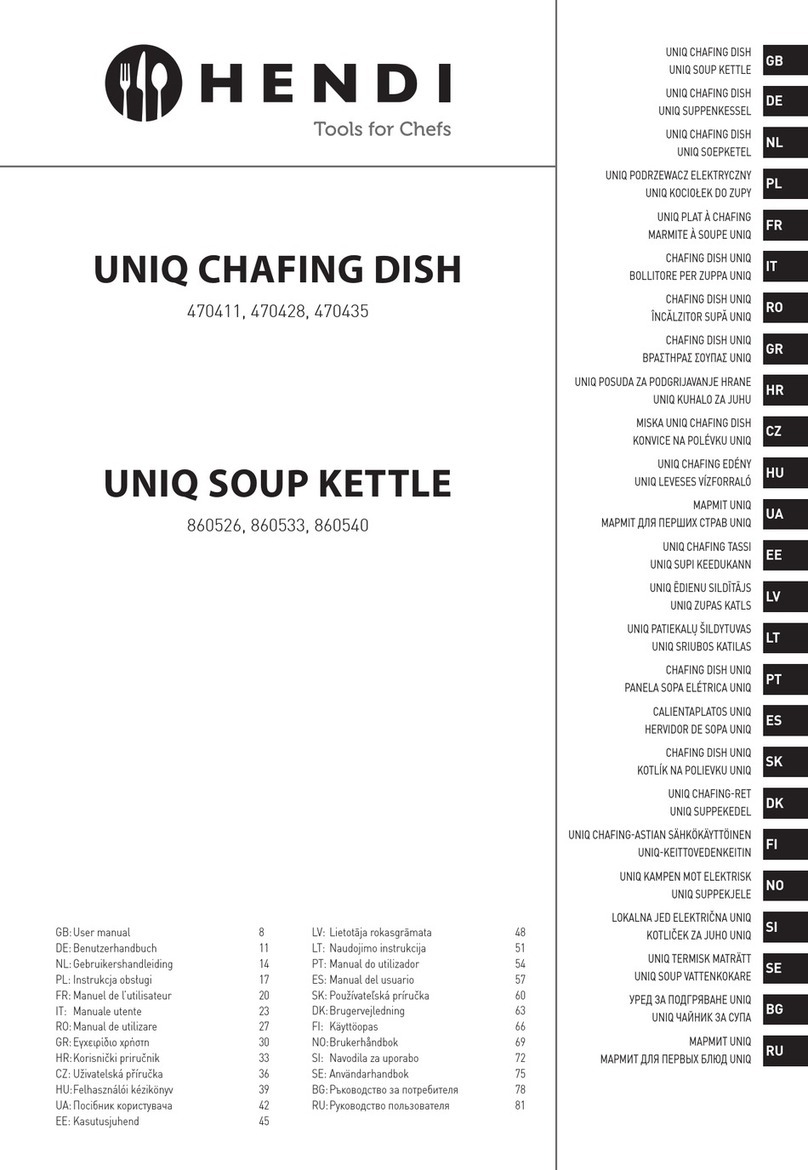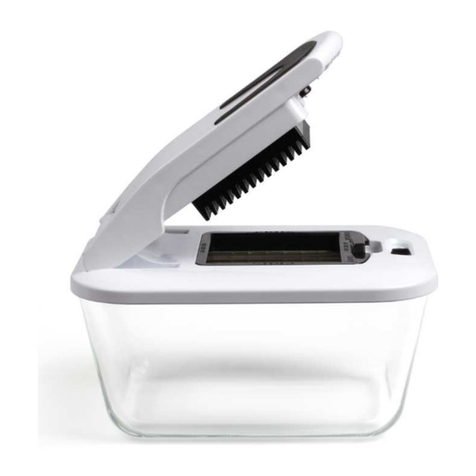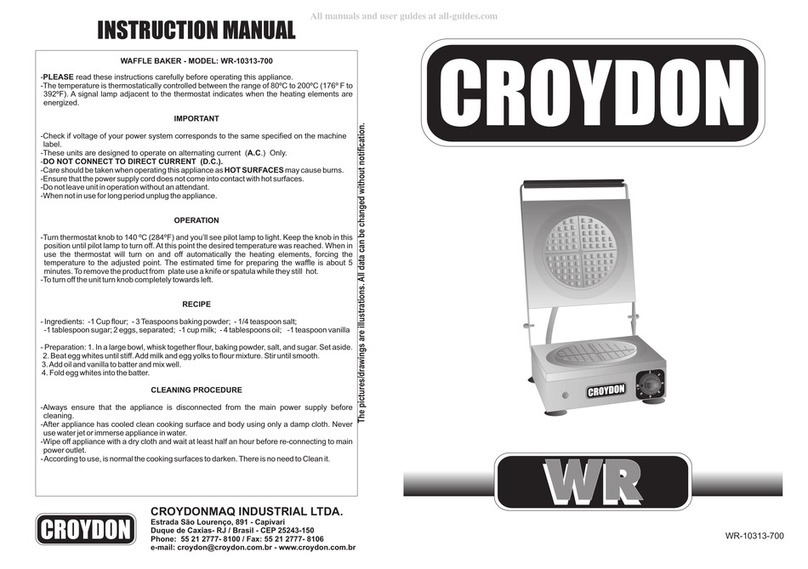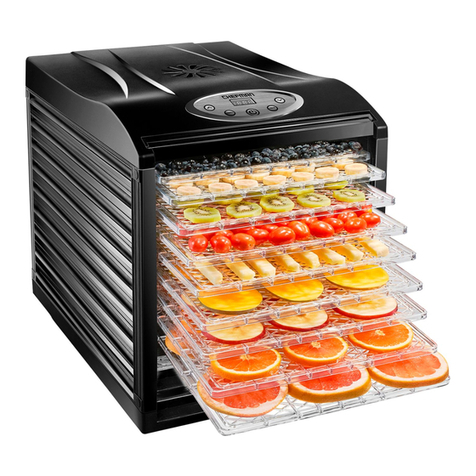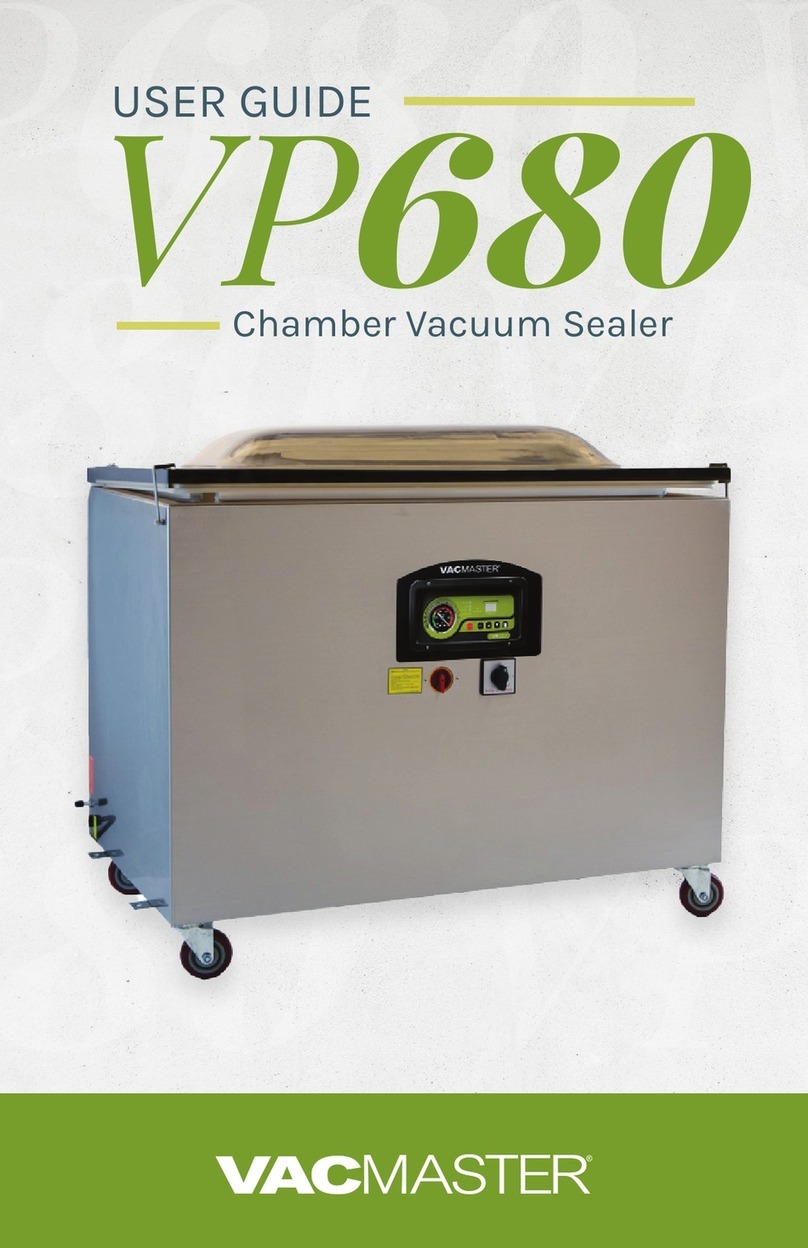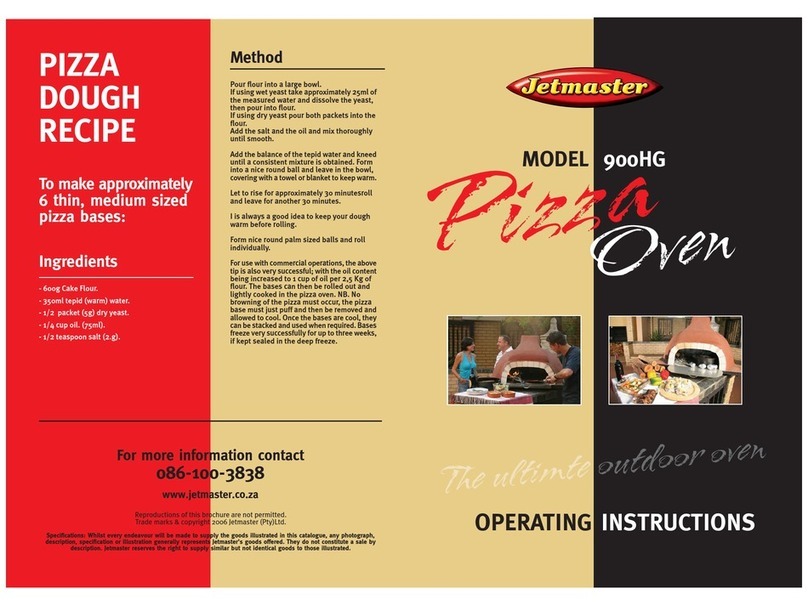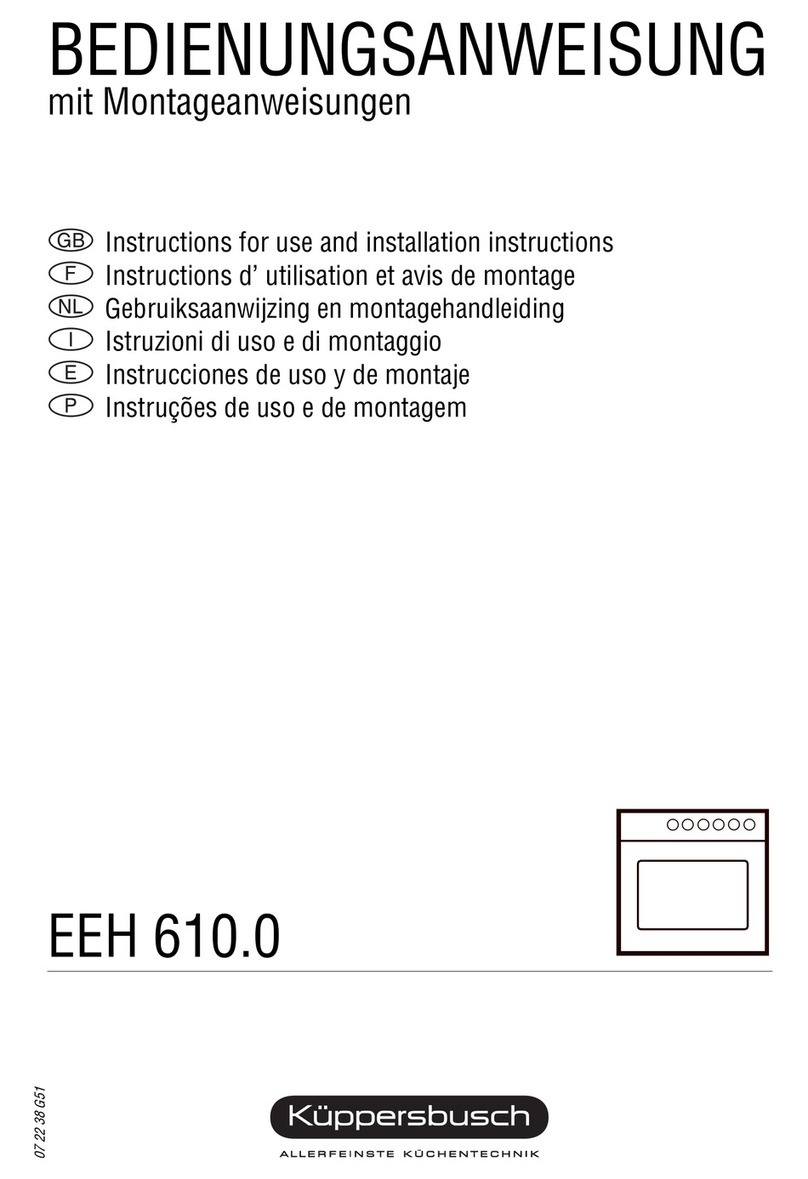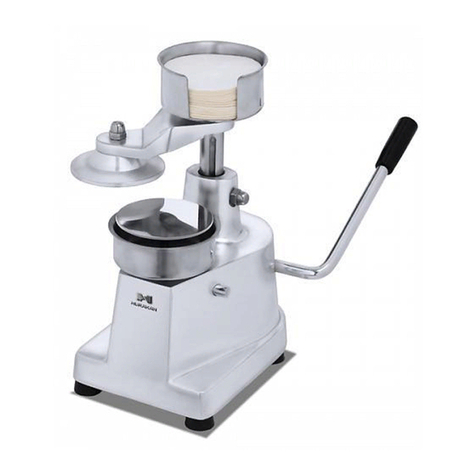Smeg CVI618RWNR2 User manual
Other Smeg Kitchen Appliance manuals
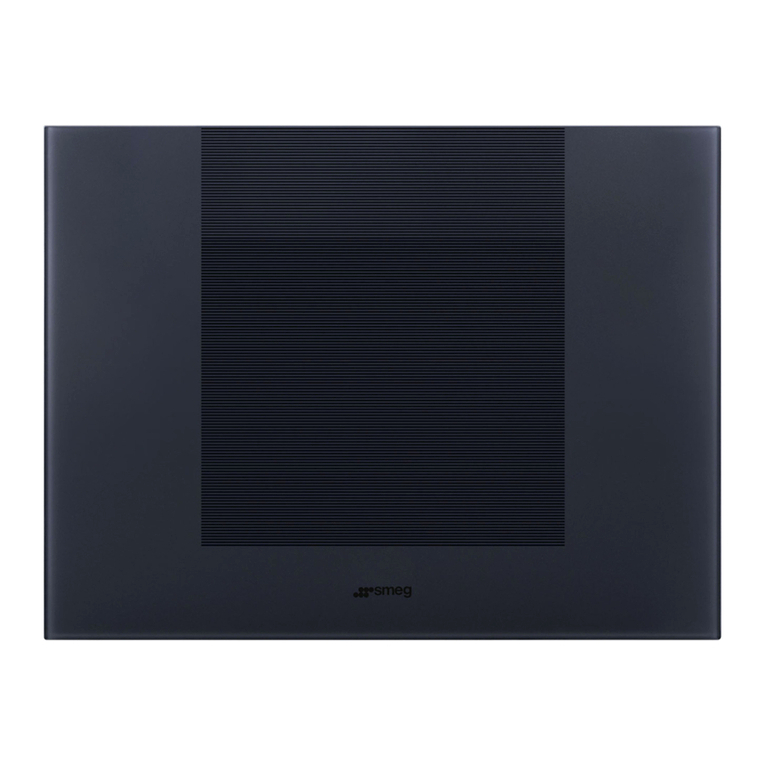
Smeg
Smeg CVI121G User manual
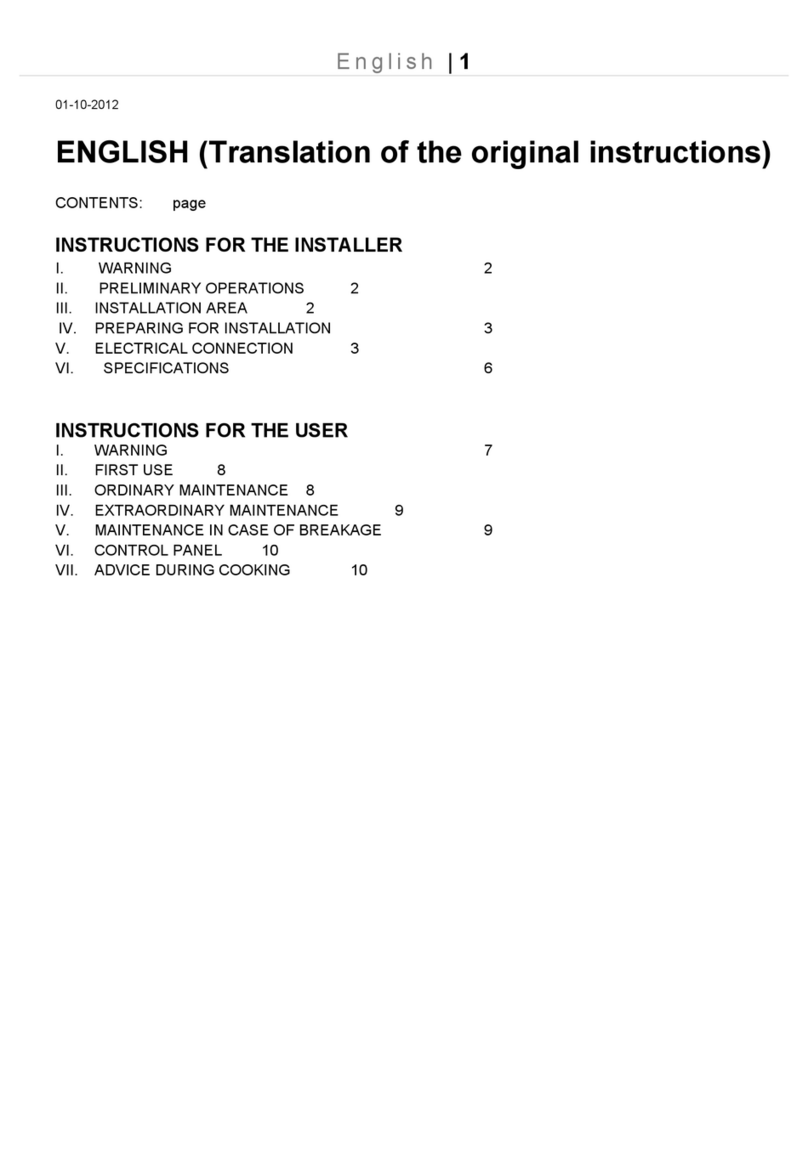
Smeg
Smeg LEV341XV User manual

Smeg
Smeg SSA92MAX9 User manual

Smeg
Smeg Dolce Stil Novo Aesthetic CVI629NR3 User manual
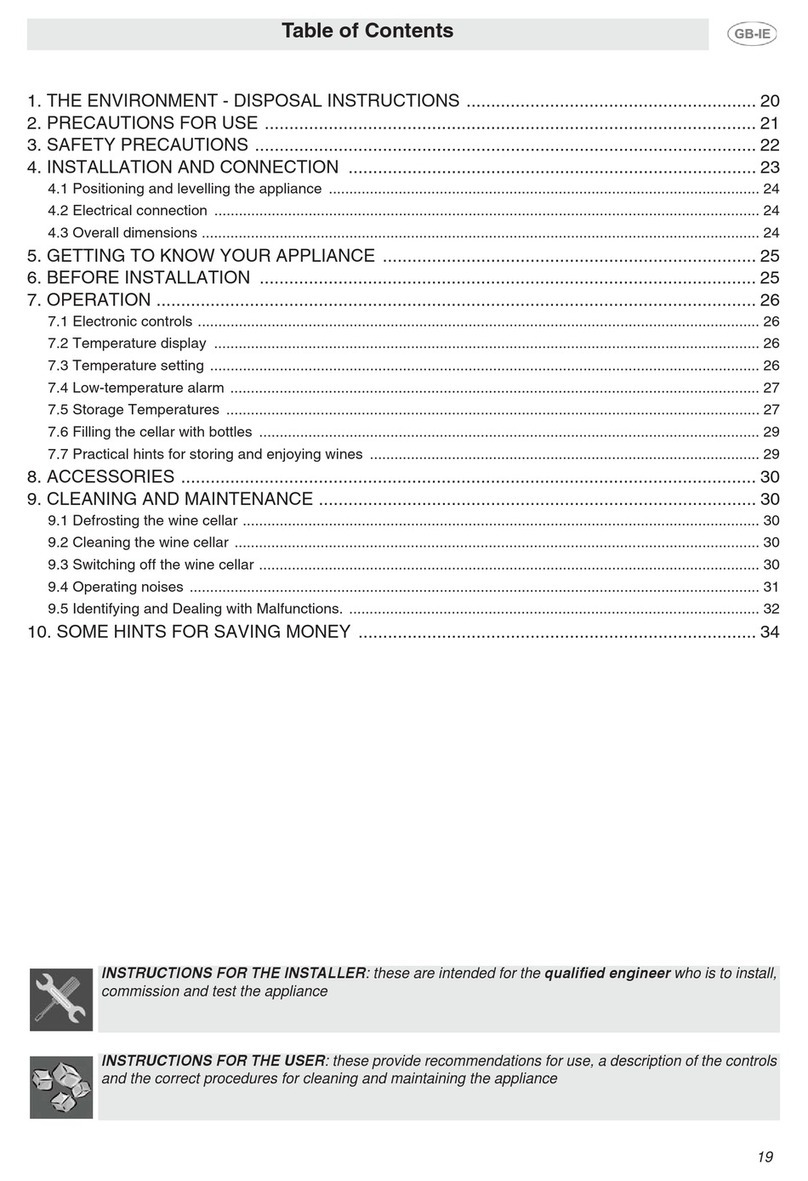
Smeg
Smeg SCV115A User manual
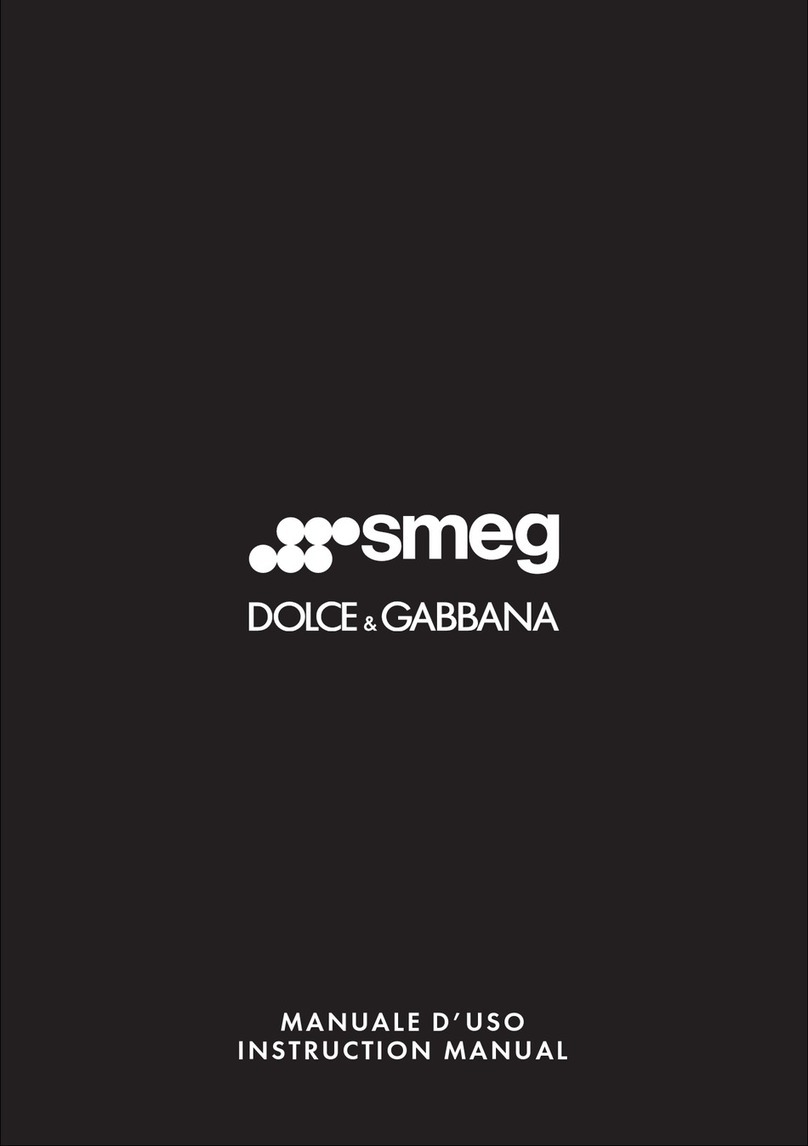
Smeg
Smeg Dolce&Gabbana MFF01DGBUK User manual
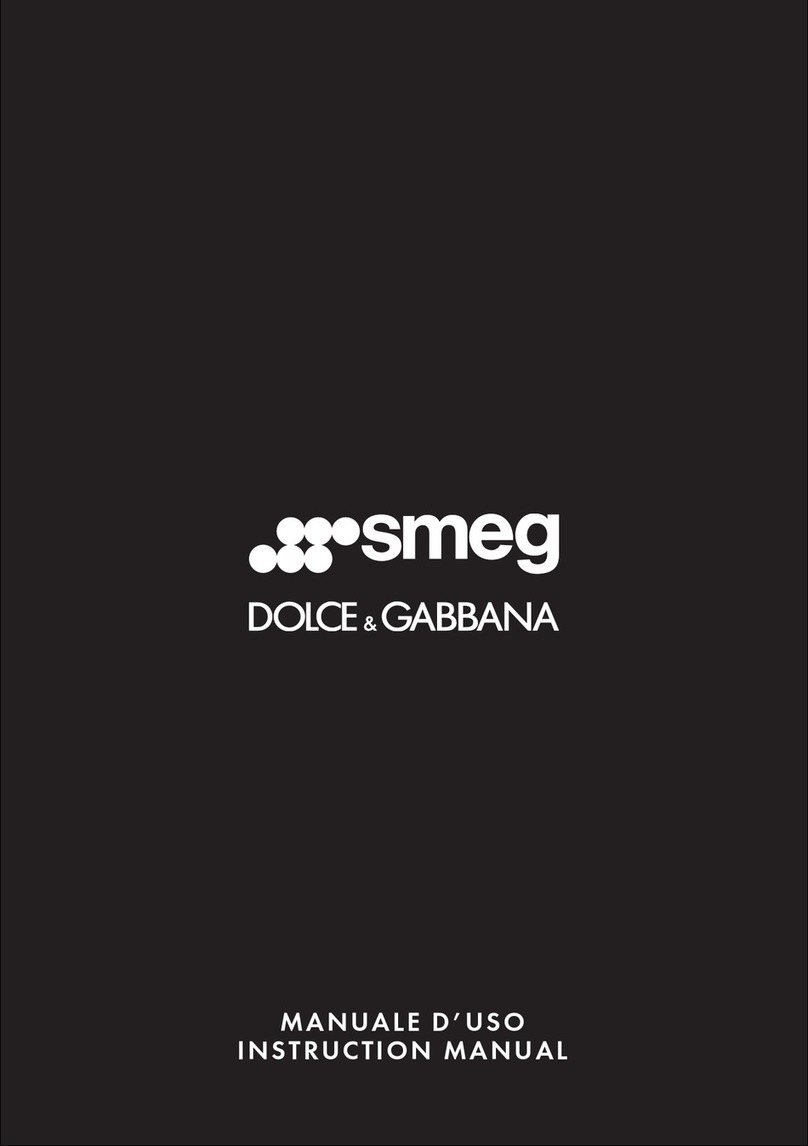
Smeg
Smeg MFF01DGBEU User manual
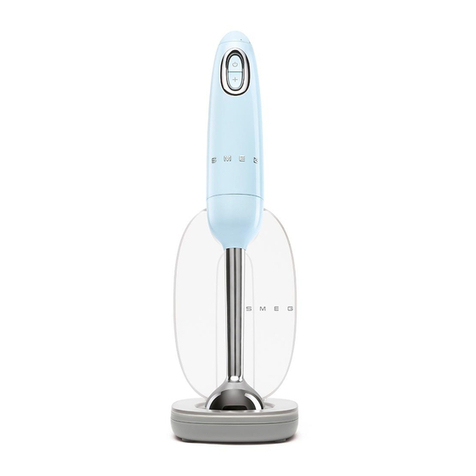
Smeg
Smeg HBF02 User manual

Smeg
Smeg CVI138LG User manual
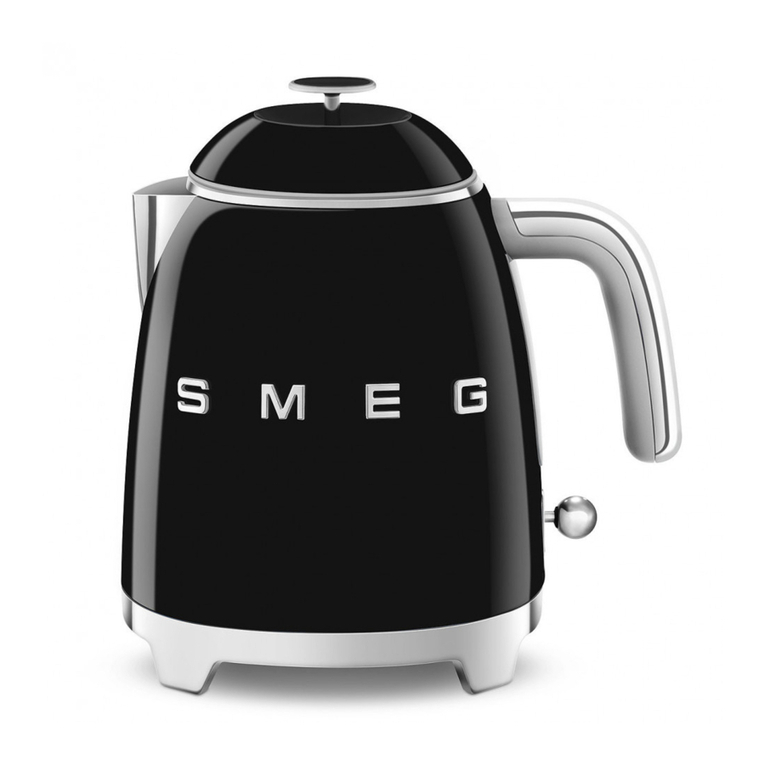
Smeg
Smeg KLF05 User manual
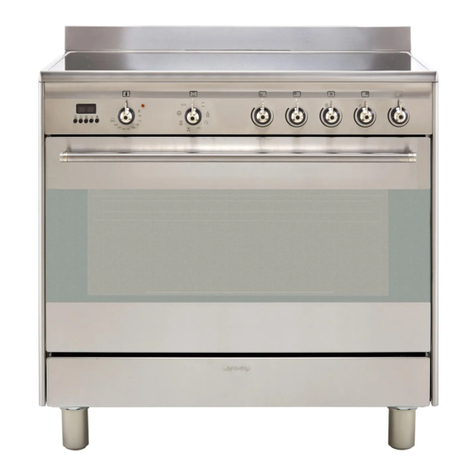
Smeg
Smeg SUK91CMX9 User manual
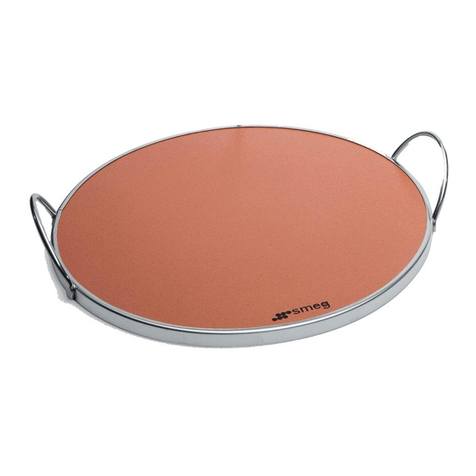
Smeg
Smeg Pizza plate User manual
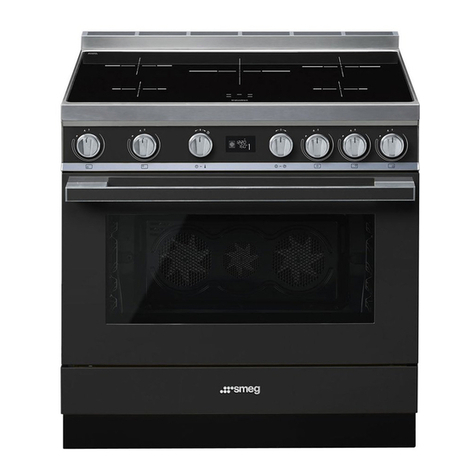
Smeg
Smeg CPF9IPAN User manual
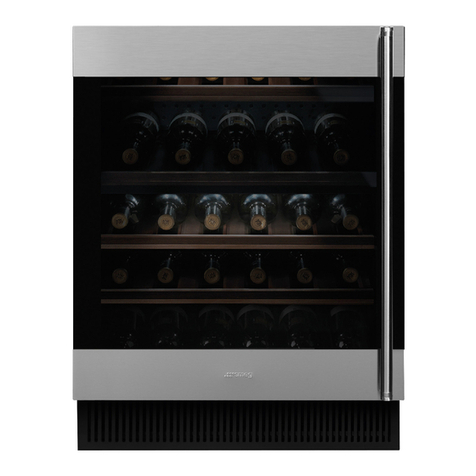
Smeg
Smeg Classica CVI338LX3 User manual
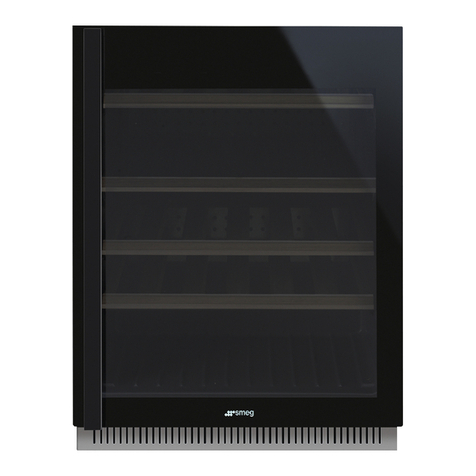
Smeg
Smeg CVI638RWN2 User manual

Smeg
Smeg CVI638RWN3 User manual
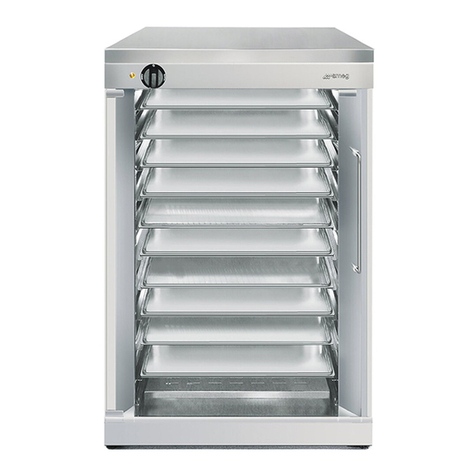
Smeg
Smeg LEV41XV-1 User manual
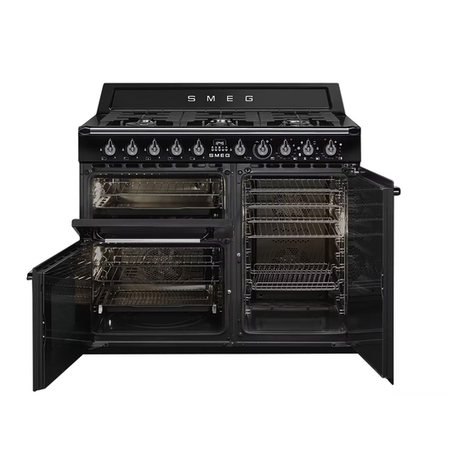
Smeg
Smeg TR103BL User manual

Smeg
Smeg CVI318XS User manual
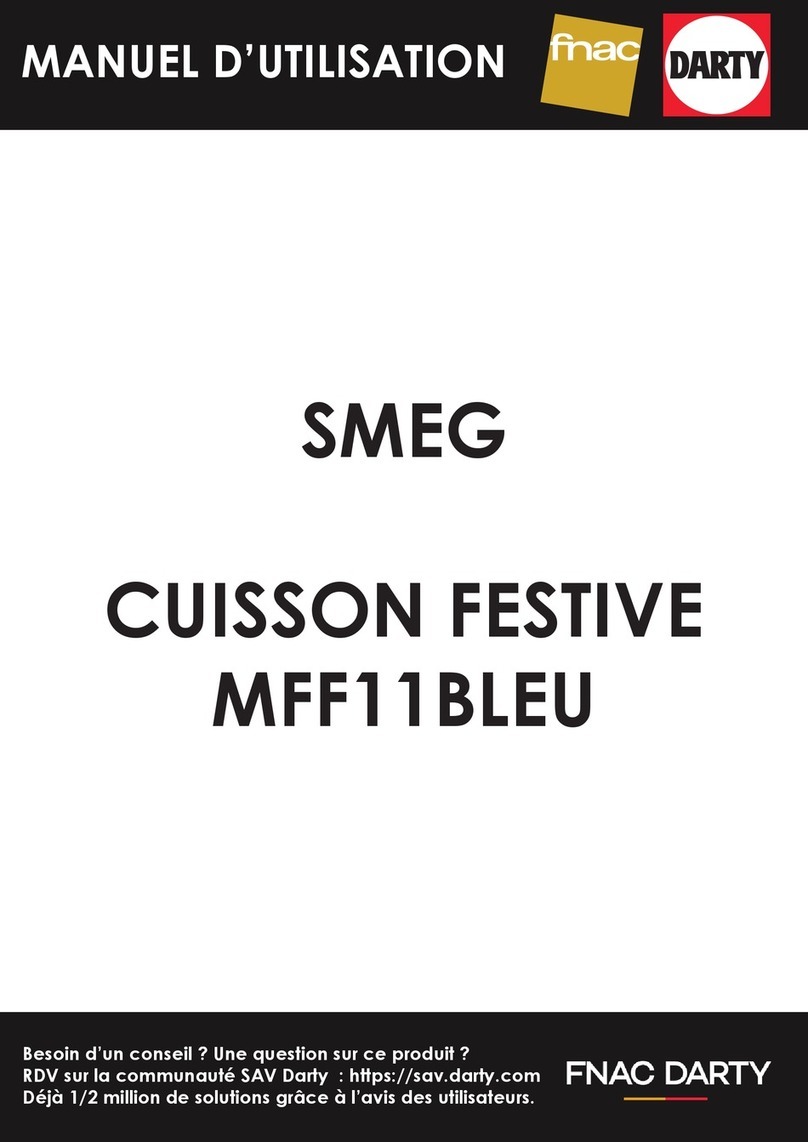
Smeg
Smeg MFF11BLEU User manual
Popular Kitchen Appliance manuals by other brands

Tayama
Tayama TYG-35AF instruction manual

AEG
AEG 43172V-MN user manual

REBER
REBER Professional 40 Use and maintenance

North American
North American BB12482G / TR-F-04-B-NCT-1 Assembly and operating instructions
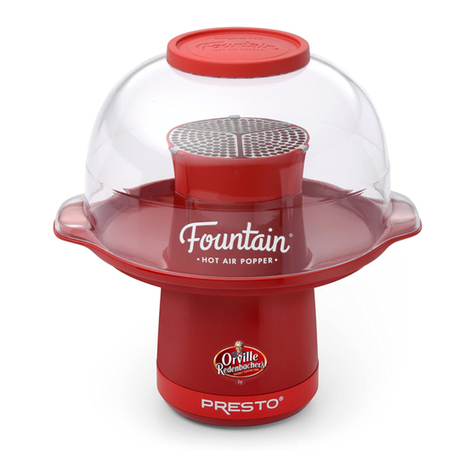
Presto
Presto fountain popper instruction manual

Westmark
Westmark 1035 2260 operating instructions
